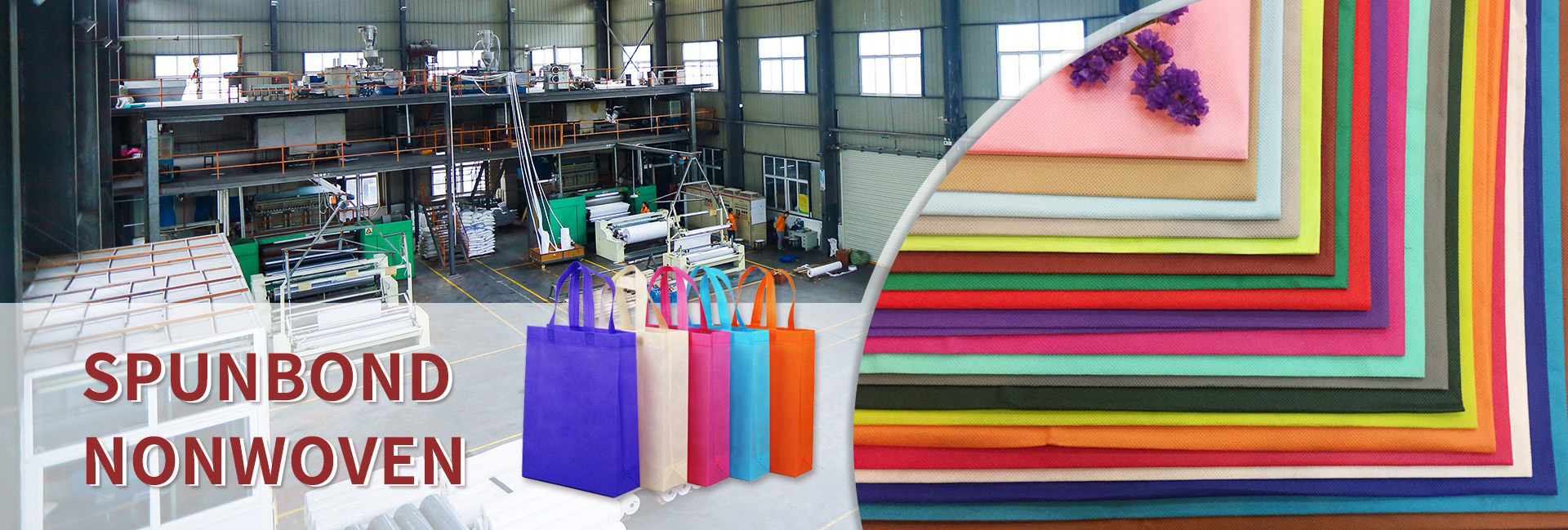The anti-aging performance test of non-woven fabric is to evaluate its durability and stability in long-term use or under specific environmental conditions (such as light, temperature, humidity, etc.).
Reasons for non-woven fabric aging
The aging of non-woven fabrics is mainly influenced by external environmental factors, including sunlight, climate change, humidity, oxygen, purification agents, etc. These factors can cause chemical substances in non-woven fabrics to decompose, oxidize, or degrade, resulting in changes in the properties of non-woven fabrics. If the aging degree of non-woven fabric reaches a certain level, problems such as cracking, fracture, and brittleness will occur, affecting its service life and performance.
Common aging testing methods for non-woven fabrics
Natural aging test
Expose non-woven fabric samples to actual natural environments (such as outdoor exposure) and regularly observe changes in their performance. Test conditions: exposure angle, usually consistent with the local latitude; Cycle, ranging from several months to several years, depending on usage needs. Evaluation indicators: color change, mechanical properties (tensile strength, elongation at break), surface morphology (microscopic observation), etc.
Artificial aging test
By simulating natural conditions, the non-woven fabric is placed in an artificial aging chamber, and temperature and humidity conditions are increased to accelerate the aging process of the non-woven fabric.
UV Aging Test
Use a UV aging test chamber (such as QUV).
Test standard: 1. ISO 4892-3: Plastic laboratory light source exposure test method (ultraviolet fluorescent lamp); 2. ASTM G154: UV aging test for non-metallic materials.
Parameters: Light source, UVA-340(simulating solar ultraviolet spectrum); Temperature, 50-70 ℃ (adjusted according to the material); Humidity, periodic spraying can be set; The testing cycle typically ranges from hundreds to thousands of hours.
Evaluation indicators: color change (color difference Δ E), mechanical property loss rate, surface cracks, etc.
Xenon lamp aging test
Place the non-woven fabric in a xenon lamp aging test chamber and expose it to simulated sunlight for aging testing.
Test standard: 1. ISO 4892-2: Xenon arc lamp simulates solar radiation; 2. ASTM G155: Xenon Lamp Aging Test Standard.
Parameters: spectrum, full spectrum (UV+visible+infrared); Irradiance, 0.35-1.5 W/m ² (adjusted according to standards); Temperature and humidity can simulate the day night cycle.
Evaluation indicators: color change (color difference Δ E), mechanical property loss rate, surface cracks, etc.
Damp heat aging test
Place the non-woven fabric in water or hang it in a high-temperature and high humidity environment for aging testing. Using a constant temperature and humidity chamber, testing standard: 1. ISO 4611: Plastic Damp Heat Aging Test; 2. GB/T 2423.3: Constant Damp Heat Test.
Parameters: Temperature, 40-85 ℃; Humidity, 85-95% RH; cycle: hundreds to thousands of hours.
Evaluation indicators: mechanical properties, dimensional stability, mold growth, etc.
Analysis and Significance of Test Results
The results of the non-woven fabric aging test mainly include information such as the degree of aging and changes in performance of the non-woven fabric. By analyzing this information, the service life, stability, and reliability of non-woven fabrics can be evaluated, providing important reference data for the production and use of non-woven fabrics. At the same time, it can also help production and users choose suitable non-woven fabric materials, and monitor and inspect the quality of non-woven fabrics.
Precautions
1. Different types of non-woven fabrics require different aging testing methods and corresponding testing processes and data processing.
2.During the testing process, it is necessary to strictly control environmental factors such as temperature and humidity to ensure the accuracy and comparability of the test results.
3. The results of aging testing need to be recorded and archived for subsequent data analysis and mining.
Conclusion
The aging test of non-woven fabric is an important means to evaluate its quality and performance, which can help production and users choose suitable non-woven fabric materials, and monitor and inspect the quality of non-woven fabric. It is necessary to choose a suitable aging testing method and strictly control the testing environment and data processing to ensure the accuracy and comparability of the test results.
Dongguan Liansheng Non woven Technology Co., Ltd. was established in May 2020. It is a large-scale non-woven fabric production enterprise integrating research and development, production, and sales. It can produce various colors of PP spunbond non-woven fabrics with a width of less than 3.2 meters from 9 grams to 300 grams.
Post time: May-26-2025

